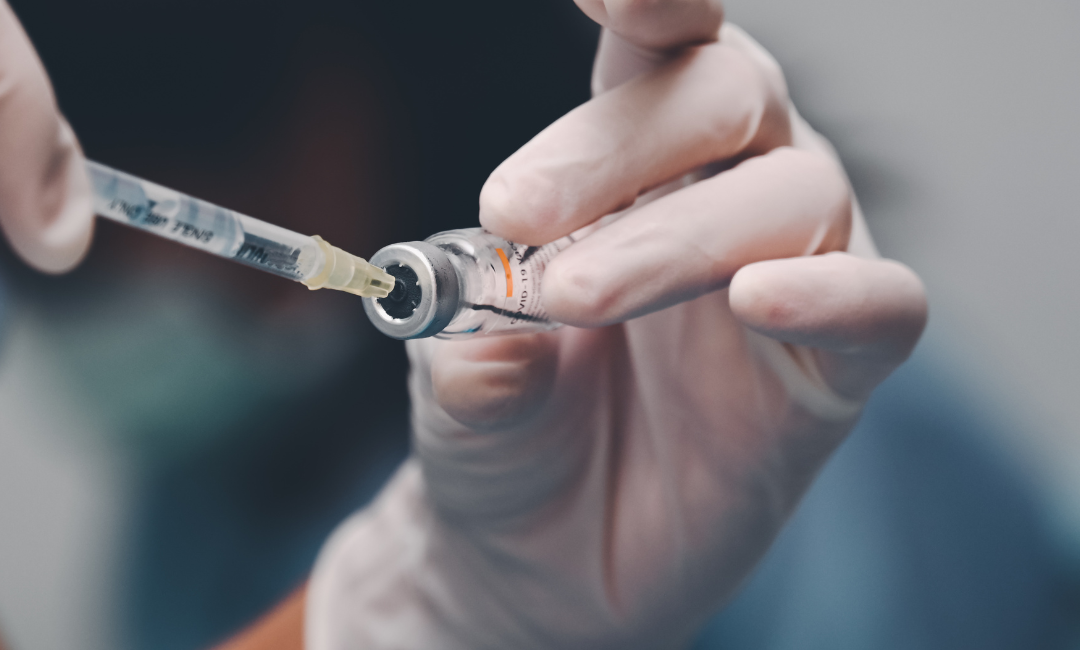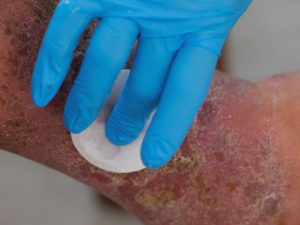Effectiveness of the Braden Scale
The Braden Scale has proven to be highly effective in assessing the risks for hospital acquired pressure ulcers (HAPU) among patients in medical, surgical, and critical care settings. It has proven to be more accurate than relying only on the clinical judgment of nurses.
The reliability of the scale among nurses has also proven to be effective with an interrater reliability ranging from 0.83-0.99, with percent agreement ranging from 88%-100%. The sensitivity of the Braden Scale ranges from 61%-100% and the specificity ranges from 26%-100%.
The results indicated that Braden Scores on Day 7 were predictive of pressure ulcer development within a 2-week period of hospitalization. Nutrition screening factors, pressure ulcer development, and low body mass index also showed a significant relationship among sacral ulcer development.
Due to the shown effectiveness of the Braden Scale, the scale has proven to be both useful and reliable in decreasing the risks for pressure ulcer development by utilizing careful implementation through assessment and scoring factors.
The Braden Scale has a moderate predictive validity for pressure ulcer risk assessment and has been found to be more suitable for the mean age of <60 years, hospitalized patients, and the Caucasion population.
The Braden Scale has proven to accurately assess patients at risk, as well as those not at risk. With the Braden Scale covering six common risk factor areas, it has been proven to be the most effective in detecting the potential of pressure ulcers and has served as a great tool to intervene quickly in providing proactive treatment.









